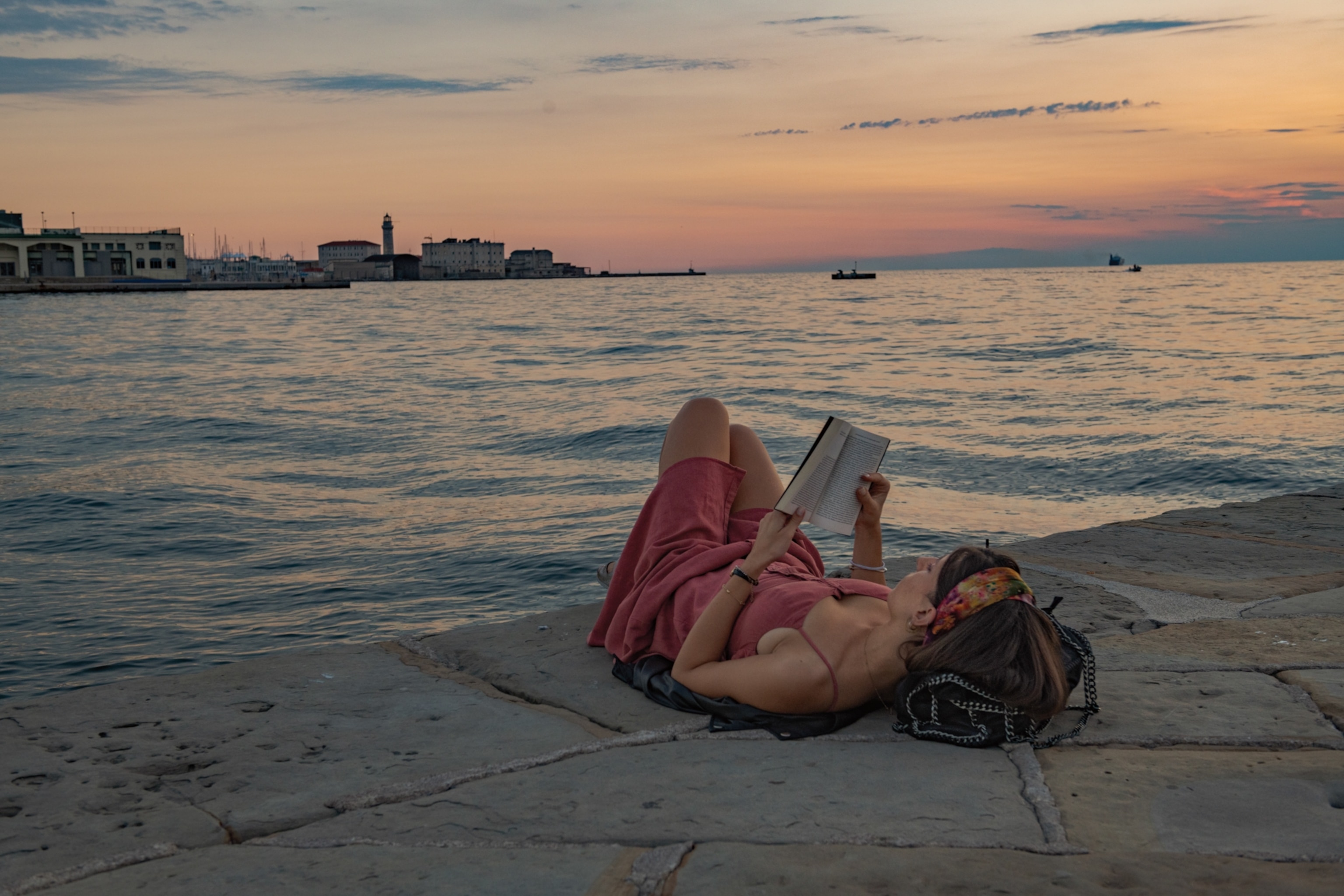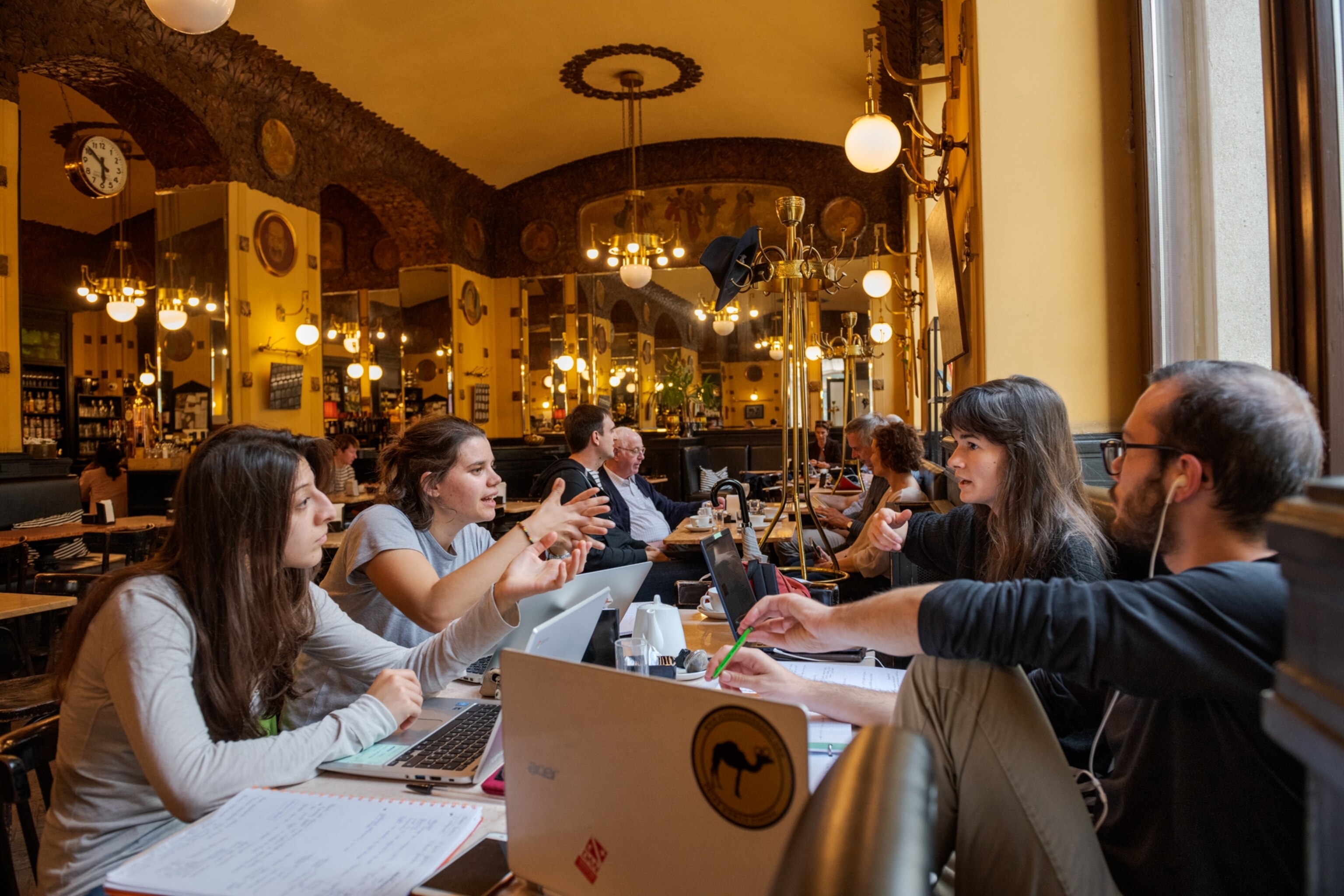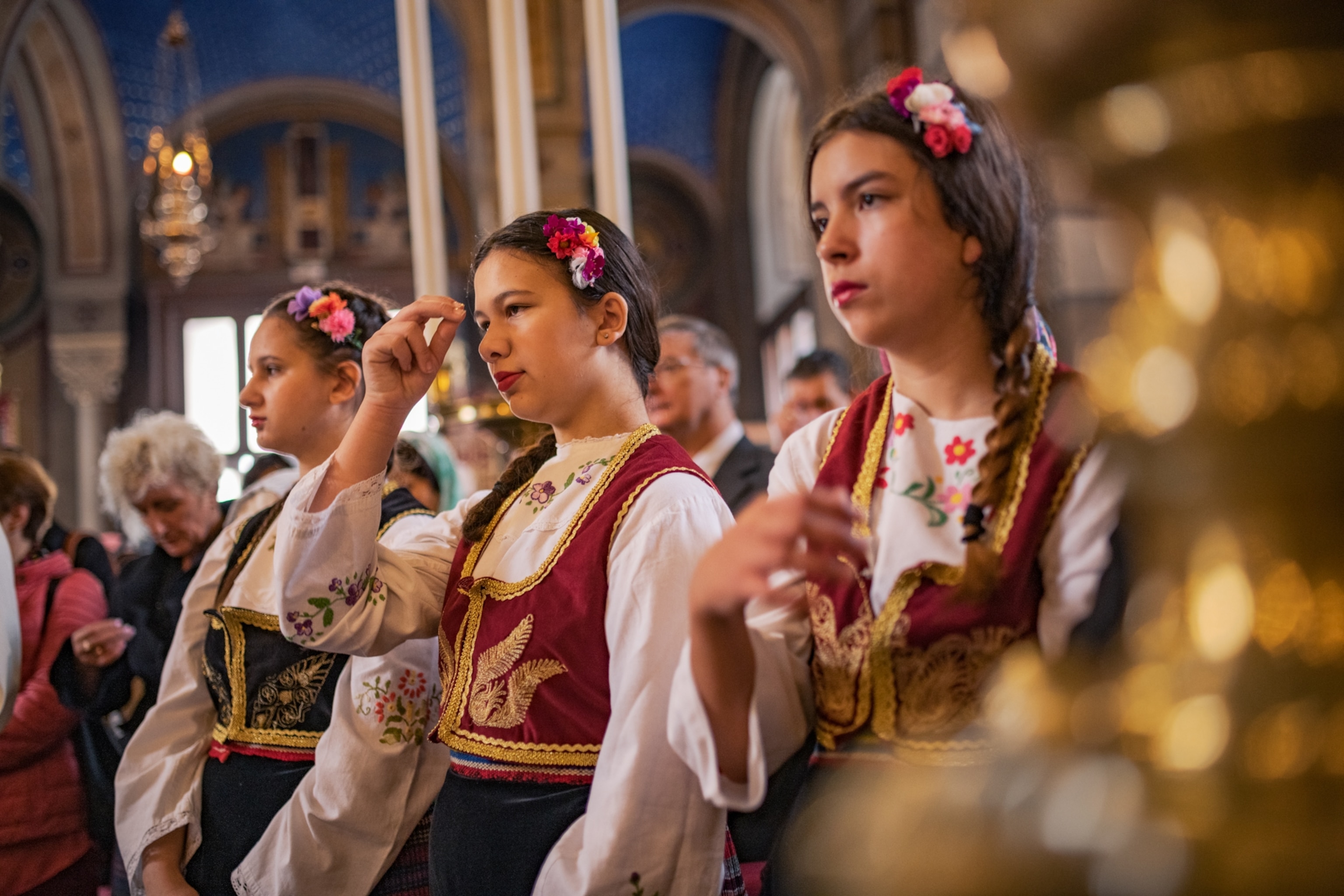
This historic Mediterranean crossroads is seeing a modern renaissance
Trieste, an overlooked cultural gem in northern Italy, is poised for a new era of prosperity as nations vie for access to its once vibrant port.
Unless the epic bora wind is blowing in the colder months, there are only good routes to stroll through the Italian city of Trieste, its uncluttered streets framed by noble Habsburg-era architecture.
By Italian standards, Trieste is strikingly diverse, owing both to its days as the Austro-Hungarian Empire’s thriving port city and to its location, tucked between central Europe and the Balkans. It is a borderland of merchants and transients, each leaving a cultural footprint.
One cloudless October morning, I headed from my rented flat in the working-class neighborhood of San Giacomo to the center of Italy’s 16th biggest city (population 200,121). On my way, I passed the ruins of a first-century Roman theater, a domed 19th-century Serbian Orthodox church, and a procession of African street vendors walking from the train station. The air off the Adriatic Sea was faintly saline, redolent as well of roasted coffee.
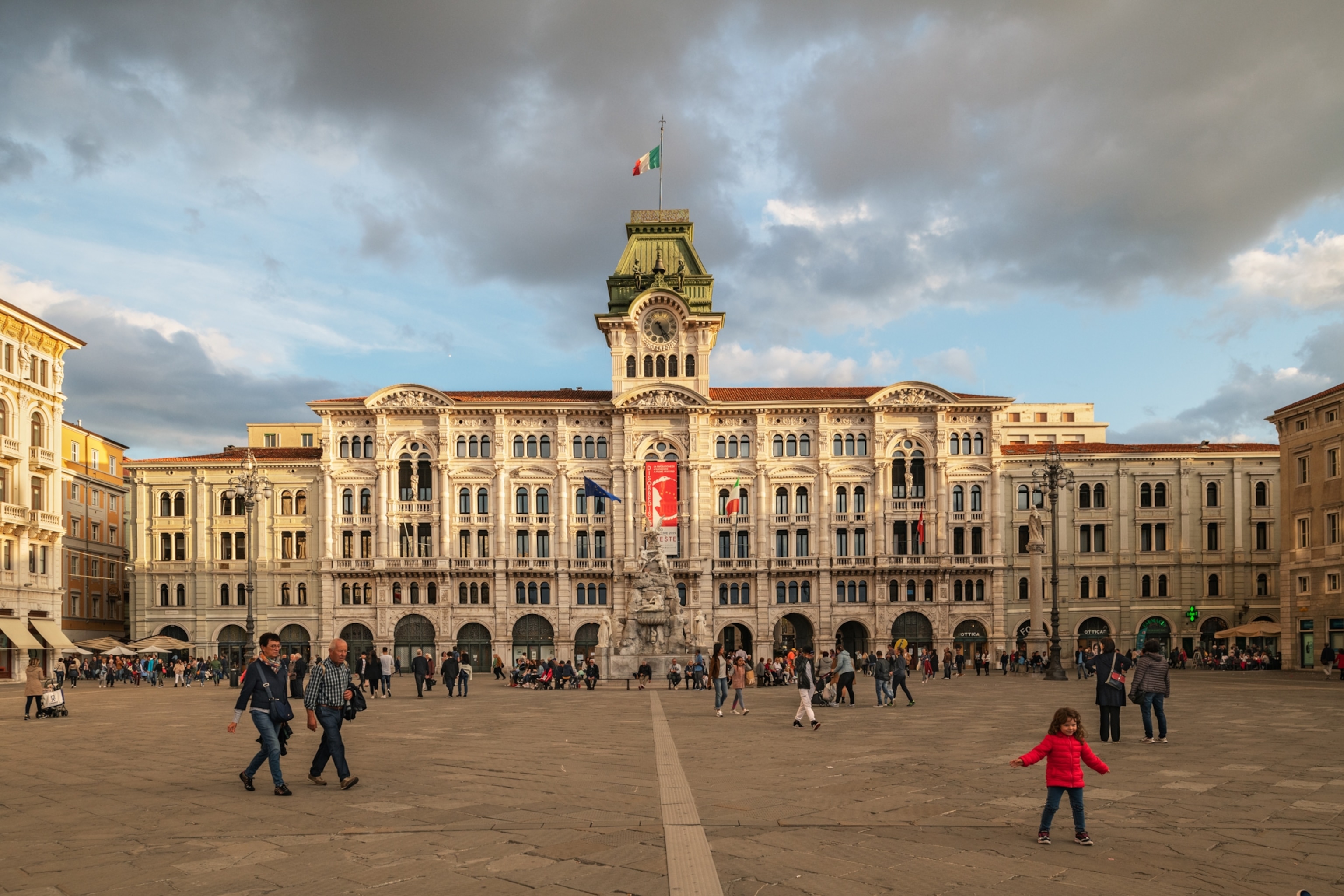
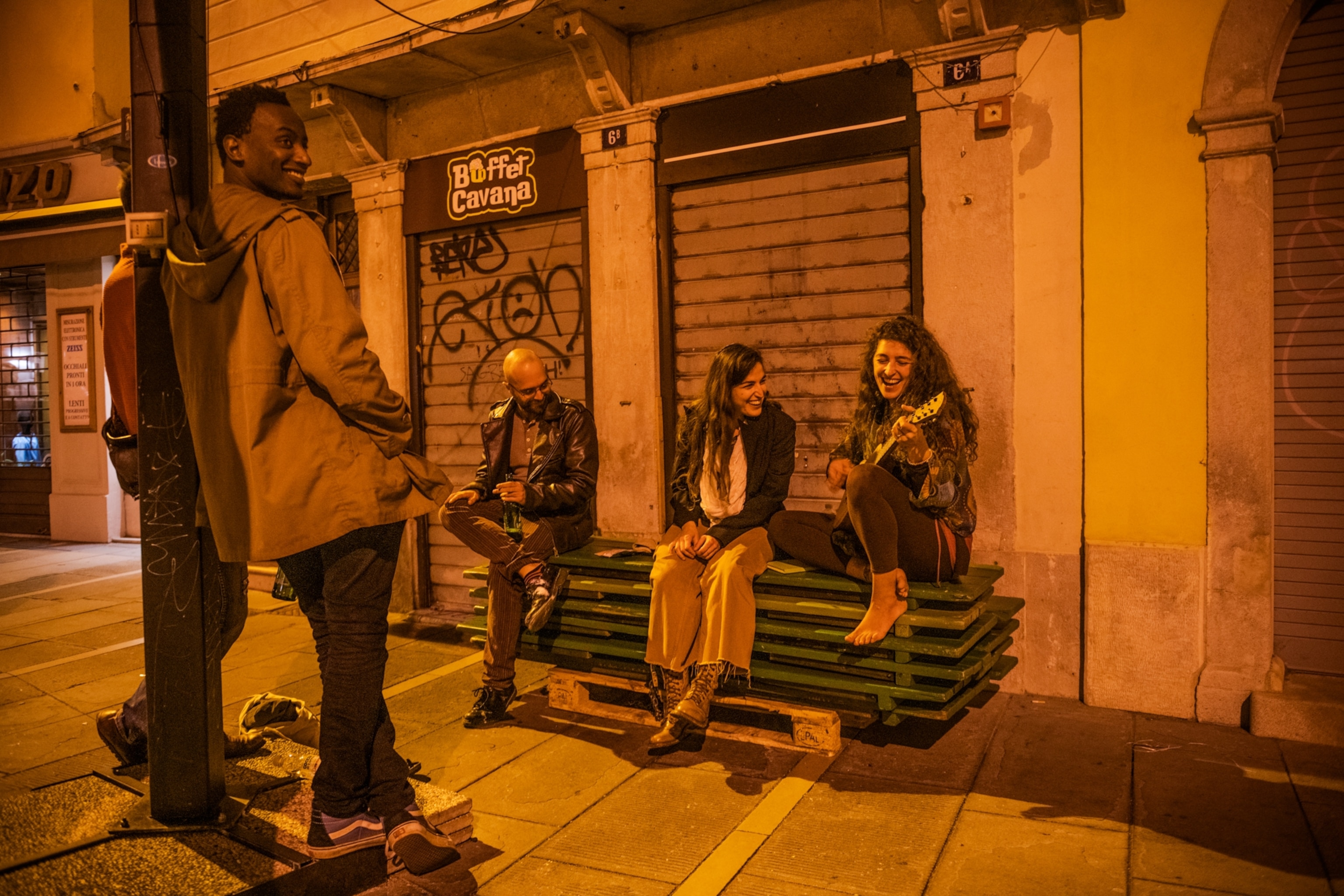
I had been to Trieste at least a dozen times since my first visit in 1996, but never for more than a day or two. A few glasses of Slovenian wine and acerbic dialogue with the bartender at Gran Malabar. Razor clams and truffles at Le Barettine. A hike across the rugged Carso plateau hovering over the sea, immersed in the blazing red feathery flowers of smoke trees. A whiff of something deeper but requiring no urgent response. Trieste would always be just as I left it—or so I believed until the spring of 2019, when Italy began to consider hitching the nation’s rickety economic wagon to China, with Trieste as its linchpin. Thereupon I began a monthlong stay, in hopes of finally understanding Italy’s peripheral city.
My destination this day was a square named after Guglielmo Oberdan, who failed to assassinate the emperor in 1882 and in his dying words hollered, “Viva l’Italia! Viva Trieste libera!” from the gallows. The 24-year-old Italian nationalist was not the only one to suffer here. Beneath me was a complex of tunnels that Nazis occupying Trieste during World War II used to interrogate and torture Jews and Slovenians before sending some across town to Italy’s sole extermination camp. I studied plaques commemorating the torments, just as later I would wander through the bunkers. It is a history, taken together, of a people refusing to be told who they are and what to believe, and paying dearly for it.
I was in Piazza Oberdan to meet Ambra Declich, whom I had gotten to know at her elegant restaurant nearby where she often stopped at my table to pour a wine from some obscure vintner above the city on the Carso plateau. Presently she drove up, and we headed off to meet a friend of hers. Declich expertly zigzagged us out of the city and onto the autostrada hugging the coastline. She is by birth a Triestina, as is her mother. Her grandfather was a Jewish shipowner from Montenegro. Her story is of a piece with the greater story of the region. Slender and purposeful, she would seem younger but for the world-weariness in her expression.
We exited at the picturesque seaside village of Muggia along the Slovenian border, following a narrow, hilly country road, headed for Bruno Lenardon’s farm. Declich had introduced me to Lenardon’s excellent olive oil and white wine, which his family has made for more than a century. But Declich brought me here because she knew I was exploring the psychic scars borne by Trieste and its environs. Lenardon, his face reddened and wrinkled from outdoor work, led us to the stone wall on his back porch. There, a wide yellow vertical stripe was painted. A plaque decreed that by the postwar agreement of 1954, Italy fell on one side, Yugoslavia on the other. Lenardon’s house was effectively cleaved in two.
Laughing with incredulity, Lenardon said, “We needed a kind of passport to go from one side of the house to the other! And,” he added in a rising voice, gesturing to his backyard, “the Yugoslavs got our farmland!”
Not until a half century later, in 2004—after the Soviet Union had collapsed, Yugoslavia had dissolved, and Slovenia entered the European Union—was Lenardon once again permitted to farm the vines and olive trees at the edge of the porch. Even then, he could only rent the property. Still, the wine we tasted that afternoon at his farm didn’t express a country. It said what Bruno Lenardon wanted it to say. It was his identity. No one could change that.
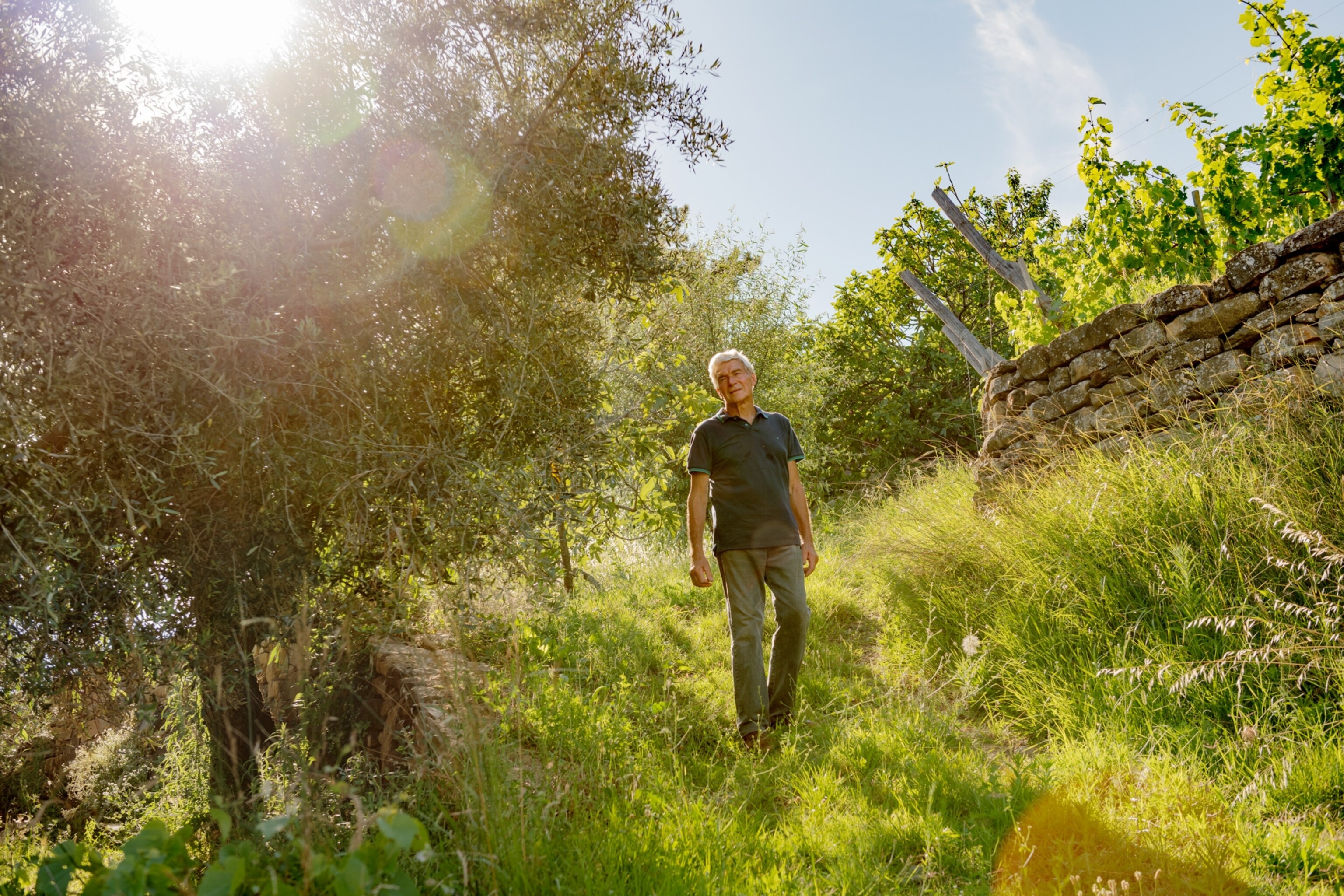
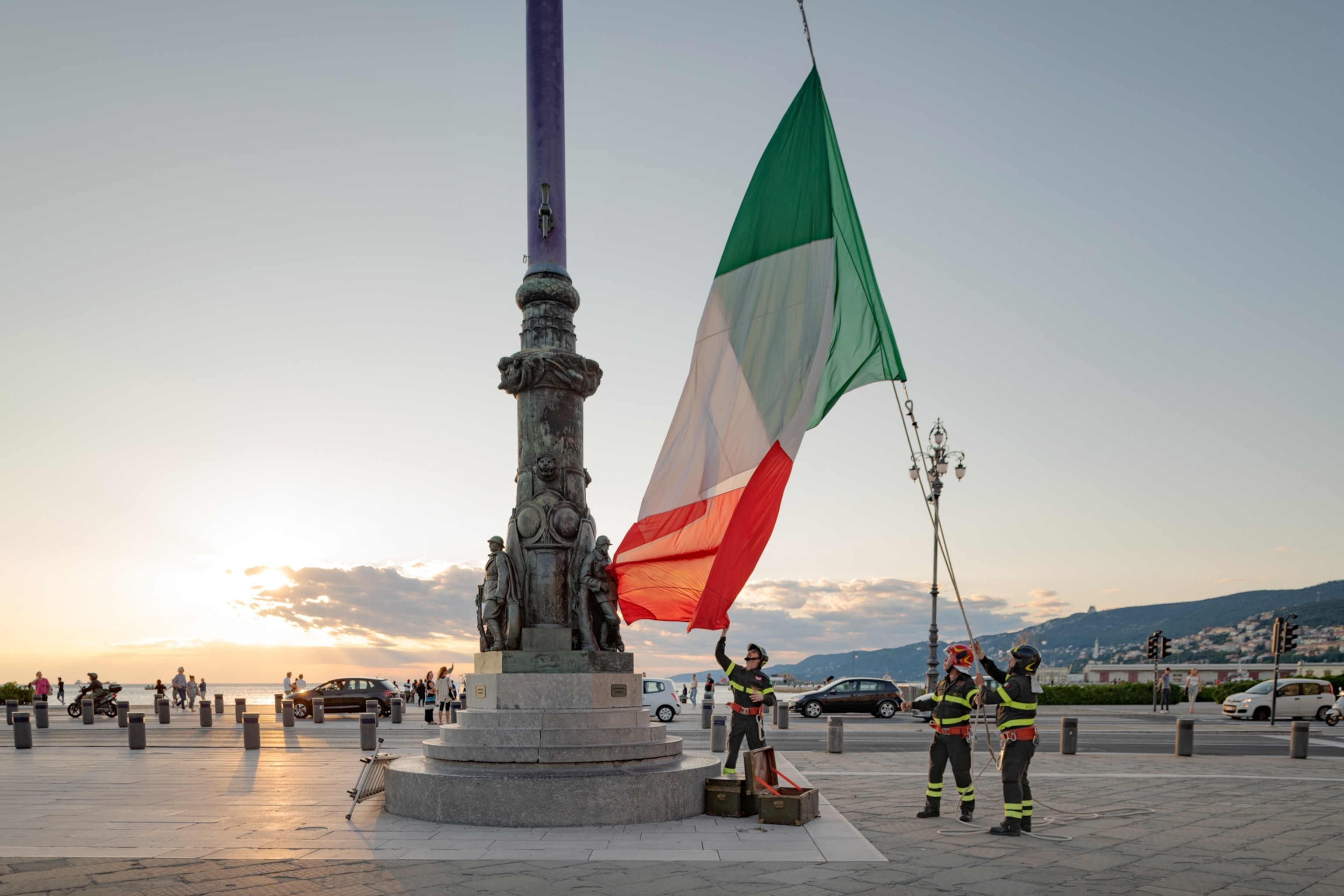
There is nothing straightforward about Italy’s borderland known as Friuli Venezia Giulia. Though among Italy’s smallest regions—at about 3,000 square miles, it’s a bit larger than Delaware—Friuli extends from the Alps to the Adriatic, with dozens of towns variously famous for their wine, cheese, prosciutto, knives, clocks, and baby furniture. The signs announcing villages are typically in Italian, and then Slovenian or the native tongue, Friulian, or both. It is a serene land now but one pulsing with history, much of it violent. To the average Friulian, Trieste—thrust upon the region as its capital after the Second World War—is all but incomprehensible.
Because the seaside city with the mountainous backdrop is so lovely and accommodating, it does not require visitors to think deep thoughts about it. And yet they invariably find themselves doing so. In her 2001 masterpiece, Trieste and the Meaning of Nowhere, the British travel journalist Jan Morris described the city as “isolated,” “ambivalent,” “hemmed in.” Its fame as the Austrian empire’s indispensable port city lapsed a century ago, leaving Trieste in a state of slow, elegant decline. Morris ascribed to the city “sweet melancholy,” a forlornness that in my experience does not describe the Triestini themselves.
More accurately, they are freighted with a history of tragic quarrel. Armed police protect the city’s lone Jewish primary school. Vendors at the antique market sell books glorifying dictator Benito Mussolini. On the first day of every May, Europe’s Labor Day, Slovenian residents fly red communist flags from their windows to celebrate the city’s liberation by the Yugoslavs in 1945. Memorials also acknowledge that the same troops rounded up hundreds of Italian soldiers and civilians alike, shot them, and threw them in deep natural sinkholes known as foibe. “Trieste is not resolved the way Berlin was resolved. How many were in the foibe?” said writer Cristina Battocletti. “There’s no way to know the truth. The story is not clear.”
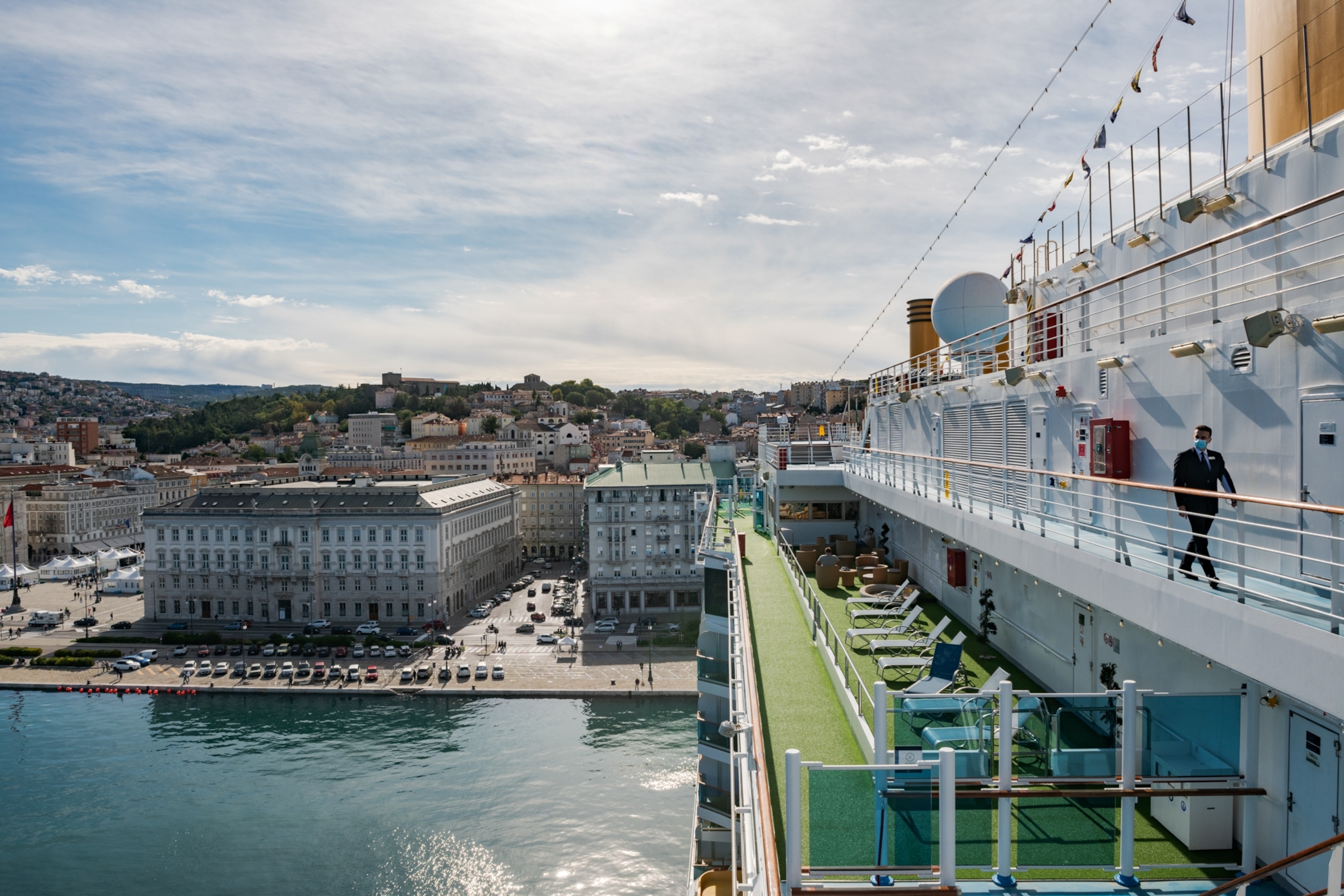
Still, the Triestini do not manifest their disquieting history by recoiling from the outside world—far from it. “You can say that Trieste is the most European city in Italy,” says the region’s former president, Debora Serracchiani—by which she means that the border city historically has absorbed whole communities of Jews, Muslims, Slovenians, Hungarians, Croats, Greeks, and Poles. Many of my neighbors in San Giacomo were Serbian laborers. I bought a kitchen knife from a store owned by a thoroughly Italianized Chinese immigrant named Alessia Wu; and on the rare day when I required a break from Italian cuisine, I walked to an unprepossessing restaurant named Ravioleria da Lina, where exquisite homemade dumplings were served to me by the Chinese proprietress, who spoke only her native tongue.
At its core, Trieste is a city of coffee addicts and barstool philosophers who tend not to overwork. By culture, they are Italian; by disposition, they are molded by the natural environs. They drink native wines—Malvasia, Vitovska, Terrano—that taste of sea and stone. They eat the inimitable Carso cheese, Jamar, possessing an almost primal earthy-milk flavor no doubt derived from having been aged in caves more than 200 feet deep. Whenever possible, they are outdoors; at the first rumor of summer, the Triestini stream to the beaches. When the city’s disorderly mascot, the bora, roars in from the mountains, some plant themselves on the Molo Audace pier and dare the hundred-mile-an-hour wind to toss them into the sea. As Barbara Franchin, a fashion and design entrepreneur, said to me with deadly earnestness: “I like to stand in the bora for 10 minutes, to remind myself I physically exist.”
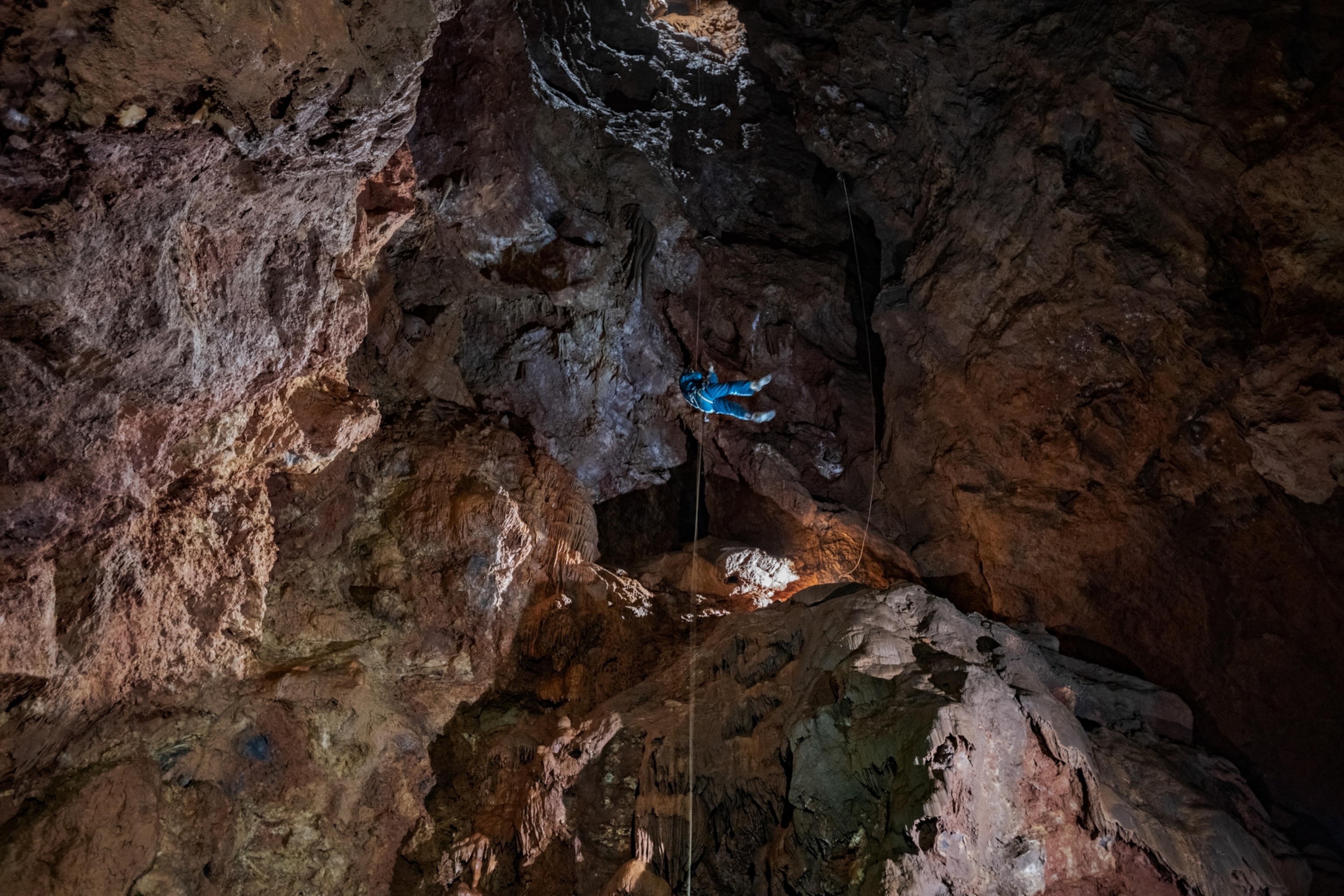
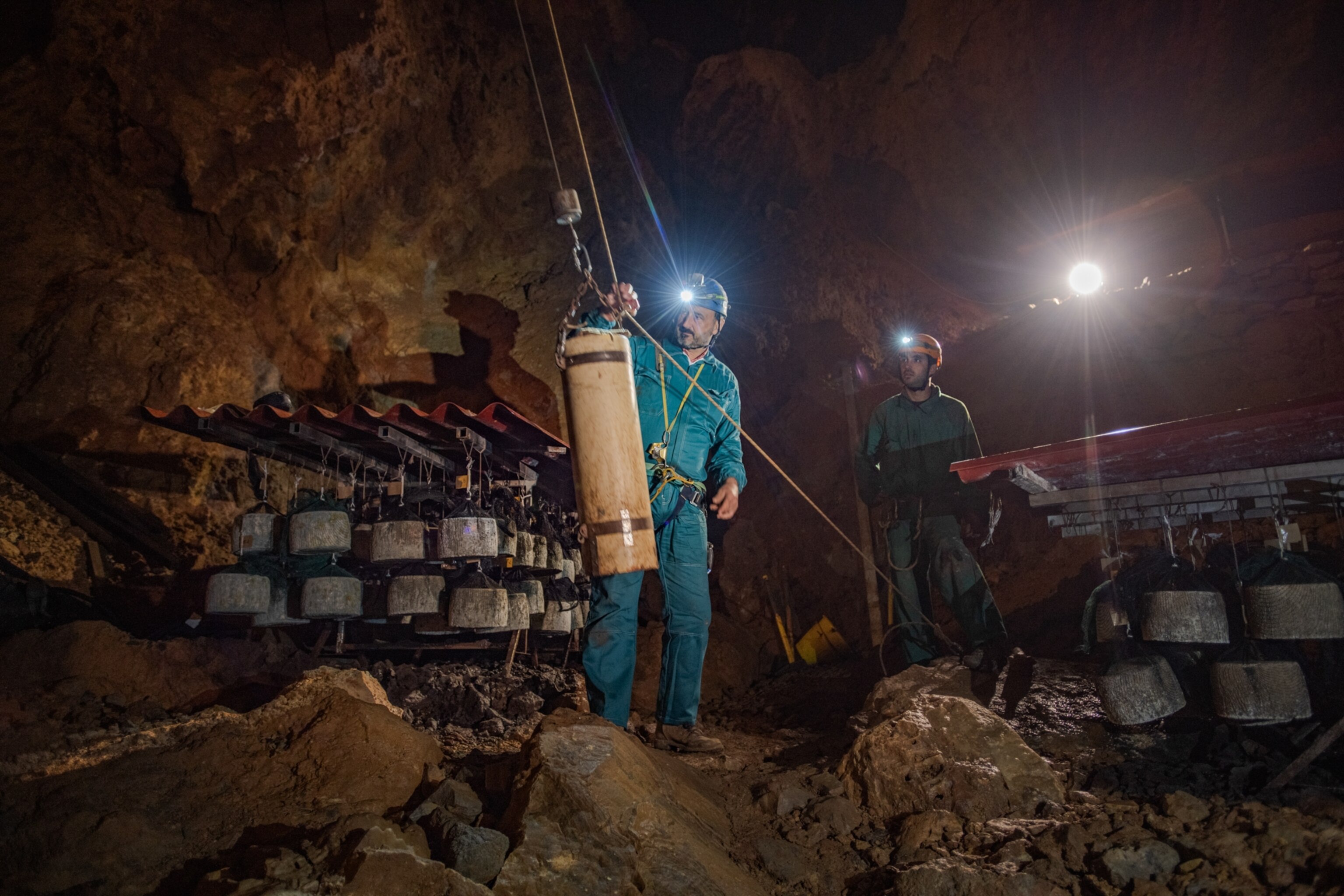
Evidence that the Triestini are—as others in Friuli often claim—prone to eccentricity is not hard to find. One can go to Pedocin, a beach that has been happily segregated by sex since 1890. One can stroll to the main commercial square, Piazza della Borsa, where a banner proclaims, “Welcome to the Free Territory of Trieste”—a reference to a belief long held by some that the city was illegally annexed by Italy. Or one can observe that Trieste’s emblematic literary character is the neurotic, chain-smoking psychiatric patient in the Triestino writer Italo Svevo’s 1923 novel, Zeno’s Conscience.
During one of my first visits, on New Year’s Day 1997, the streets were deserted after the previous evening’s revelry. One of the city’s great seafood restaurants, Ai Fiori, happened to be open for lunch. The only other guests were a white-haired couple—locals, my waiter said—at least in their 80s, fresh in tuxedo and ball gown, drinking a bottle of sparkling wine. Even as the place filled and a lively din engulfed them, the handsome old couple seemed in thorough possession of the moment, suspended in a mystery of their own.
I find myself thinking of them as the personification of a city that resides on Italy’s outer edge, both geographically and psychologically. Trieste feels much farther away than the two hours by car separating it from the tourist juggernaut of Venice. Having fought for the city twice over, the government in Rome thereafter relegated it to afterthought. The Iron Curtain to Trieste’s immediate east cut its trade opportunities, which have never recovered. Remote from the rest of the country, Trieste could not compete with Italy’s other major ports, such as Venice and Genoa. Shipbuilding waned. The population aged. Trieste still had its university, its seasonal tourists, its black market with the Yugoslavs.
Most of all, Trieste would always have its port, with a natural depth up to 60 feet that doesn’t require dredging and is on a Mediterranean corridor that connects central Europe to the Suez Canal. But until recently Trieste’s chief virtue was of little importance to Italy. As I was told, “You were the center of something. And then you became the periphery of everything.”
The man who said this to me, Zeno D’Agostino, is the president of Trieste’s port authority. We were sitting in a snug corner booth at the century-old Antico Caffè San Marco, beside a table of elderly men playing chess. D’Agostino, a slight but dynamic figure, had arrived a half hour late. Rummaging through his pockets, he laughed and said, “I’m trying to find a business card to give you. But the only ones I can find are from the Chinese.”
In March 2019, D’Agostino traveled to Rome to attend the signing of a trade and investment agreement between Italy and China worth $2.8 billion. Since 2013, China has been pursuing its Belt and Road Initiative, a breathtakingly ambitious infrastructure project to bolster its quest to dominate the global consumer economy. Crucial to its success is maritime trade expansion through the financing of European and Asian port redevelopment.
Once again, the Port of Trieste—with its location, depth, rail linkages, and status as partially exempt from customs duties—had become a foreign power’s object of desire. For an economically hobbled country like Italy, which has weathered three recessions since 2008, such a partnership has an obvious upside.
For some locals, however, the specter of Trieste being drawn out of its contented state of oblivion and into a global game of thrones awakened nationalist impulses. I discovered this one morning when I visited the smoke-filled and oval-shaped office of Giulio Camber.
For 25 of his 67 years, Camber had represented Trieste in the Italian Parliament. He sat at a long wooden desk that was buried in disordered heaps of papers and books. His tie was loosened, and he spoke in a near whisper with his fastidious young male assistant by his side. He proceeded, as Triestini do, to tell the story of his family: how his grandfather fought for the Italians in World War I, while the man’s brother took up arms for the Austro-Hungarian Empire.
Camber campaigned vigorously against Trieste becoming part of China’s Belt and Road Initiative, disseminating leaflets with ominous cartoon images of a Chinese dragon. “It makes me laugh to hear people say Italy and China are allies. We’re not on the same level as them,” he said.
As it would turn out, politicians in Rome shared Camber’s concerns that China would demand too much and offer too little. The deal lost momentum. Still, Trieste emerged with leverage, as the port’s president had predicted. “Already we have a lot of global players wanting to invest, just because we spoke with the Chinese,” he’d told me. Taking advantage of the impasse, a Hamburg company bought a majority stake in one of the port’s main shipping terminals. Now Germany stands to be a dominant force on a crucial route linking Europe and Asia.
But the real winner was Trieste, which could reap the economic benefits of a trade partnership without the geopolitical complications of a China-Italy alliance. “Germany is seeing what China saw and what other countries saw in the past—which is that Trieste, as a gateway, has a kind of magic,” said Federico Pacorini, whose family has operated one of Trieste’s largest multinational logistics companies since 1933.
Pacorini, the antithesis of Giulio Camber, has long agitated for Trieste to envision itself in less parochial terms. “For most of my life I’ve regretted the opportunities that we’re not exploiting. But now we can change that,” he said. “We have a beautiful city with a brilliant future. Maybe one day people will say, Ah, Venice—you mean the city that’s close to Trieste?”


I began my mornings in Trieste with the ritual descent of a hundred or so stairsteps from my flat. Five blocks farther downhill led me to Via Giosuè Carducci (named after Italy’s Nobel Prize–winning 19th-century poet), a bustling blue-collar thoroughfare. At the indoor market, I would seek out tomatoes from Sicily, radicchio from Treviso, and wild mushrooms from the Carso. I then took my place among sharp-elbowed housewives at the pescheria, mulling over what the fishermen had brought in. One shop across the street offered jota, a Slovenian sauerkraut-and-bean soup. Another featured the favored pasta of the region’s Carnic Alps, gnocchi di susine, or dumplings stuffed with plums.
Among the hardest of choices in Trieste entails which coffee shop to call one’s own. I tended to conclude my morning errands at Caffè Umberto Saba, named for another of the city’s literary luminaries. The elderly proprietor, Mario Prenz, made a fine cappuccino, while his elegant wife, Germana, invariably sang some indistinct tune to herself as she whisked the beverage my way.
“My wife sometimes sings to herself when she’s angry, to distract herself,” Prenz told me one morning. He explained that he had arrived in Trieste in 1955 as a teenager whose father had perished in Dachau. While living in a refugee camp that overlooked the sea, he said, “I found this one little flower blossoming”—meaning Germana, a fellow refugee.
“Don’t get me started,” he muttered when I asked him about the city today. “Nobody’s happy. Too much violence. Every day you see it in the newspapers.” Prenz was referring to an incident in which a moped thief, from the Dominican Republic, shot two police officers. For weeks it was all the Triestini talked about. The city’s mayor, Roberto Dipiazza, decreed a day of mourning.
“The city has no safety problem. I’ve been mayor for 18 years,” Dipiazza told me in his office overlooking the glorious seaside Piazza Unità d’Italia. He went on to observe that most immigrants were in Trieste to find work—and a busier port would bring even more. “Most likely, they’ll be coming from other places; the young people here don’t want to work.” Directing my attention just out the window to a venerated restaurant on the square, he said, “In Caffè degli Specchi, 30 or 40 of the employees aren’t Italian.”
Still, the mayor well knew that Trieste’s history was not one of seamless assimilation—that the city’s doorway was darkened by demagogues. A few months earlier, Dipiazza’s right-wing deputy mayor, Paolo Polidori, bragged on Facebook that he had gathered up the blankets of a 57-year-old homeless Romanian man and thrown them “with satisfaction” into a trash bin. Polidori added, “Now the place is decent! Will it last? We’ll see. The signal is: zero tolerance!!”
A few Triestini left a stack of blankets for the man, with a sign that read: “Dear friend, we hope that tonight you will suffer less from the cold. We apologize on behalf of the city of Trieste.”

I returned to Trieste during the first week of 2020. One afternoon I wandered through the lush park surrounding the old San Giovanni hospital. It had been a barbaric “insane asylum” until the 1970s, when a Venice-born psychiatrist named Franco Basaglia ordered that the patients be treated with compassion, ending the use of restraints, cages, and locked wards. Basaglia’s methods would spur a worldwide reappraisal of mental health treatment. There’s no statue of him in Trieste as there is of James Joyce, who finished Dubliners in the city. The two men nonetheless seem connected by a spirit of daring that perhaps only a culturally receptive city could enable. “In both of these incredible moments,” Riccardo Cepach, the curator of the city’s museums devoted to Joyce and Svevo, told me, “Trieste revealed itself as a place that was fertile for revolution.”
Of late, Trieste’s revolutionaries are scientists. With the city’s university, as well as the Abdus Salam International Centre for Theoretical Physics and the Scuola Internazionale Superiore di Studi Avanzati (SISSA), Trieste has achieved a surprising distinction: It has one of the highest ratios of scientists to residents in Europe. When I visited SISSA, researchers were immersed in esoteric pursuits ranging from studying time perception to developing numerical models for a steel plant.
Within weeks, many of SISSA’s researchers shifted to confront the coronavirus pandemic. Producing reliable serological testing. Developing protective gloves with heightened fingertip sensitivity. Modeling the safety of various social activities. The peripheral city was in the center of things, with help from an unlikely donor: China, which provided 5,000 masks to SISSA.
In the months to follow, of course, we would all be quarantined in our separate peripheries. To contemplate Trieste in a true state of “nowhere”—restaurants and wine bars shuttered, piazzas and promenades expunged of human life—was heartbreaking to me. It turned out to be a foolhardy sentiment. I had failed to take into account Trieste’s historical capacity for hardship. Triestini stoically complied with the restrictions and, when permitted, would dine al fresco at tables set out on city streets. “At my age, 75, it’s better to wait until things are better,” Federico Pacorini told me by phone recently. “Though this is not how I want to spend my last years.”
I then recalled my last meal in the city, with Pacorini and his family at the exquisitely charming Trattoria Nerodiseppia, where in my experience the seafood has no rival. The ever smiling proprietors are in a constant state of apology for the near impossibility of securing a table. The affable shipping magnate apparently had no such difficulty. Table for six, a presto!
Pacorini handed me the wine list, bemused that I have made the study of his region’s white wines my life’s business. We settled into the best offerings of the Adriatic: grilled scallops, sardines with fennel, gnocchi stuffed with sea bream, linguine with clams and zucchini, turbot, sea bass, monkfish. Late in the dinner, Pacorini’s daughter-in-law, a witty American interior designer named Casey Jenner, turned to her husband, Federico’s son Paolo, and asked him the question I should have: “So how do you identify yourself? As Italian? Or as a Triestino?”
He smiled slyly. “Triestino first,” he said. “Then Italian.”
Casey’s eyes widened. She is raising a son and daughter with Paolo in the city, loving it for all its eccentricities. Still, she pressed him. “What makes you so proud of being a Triestino?”
“Because,” he said, “on the border, you are on the edge of discovery.”
Robert Draper, a contributing writer, plans to return to Trieste as soon as possible. Chiara Goia is a freelance photographer based in Milan. This is her first feature for the magazine.
This story appears in the June 2021 issue of National Geographic magazine.

